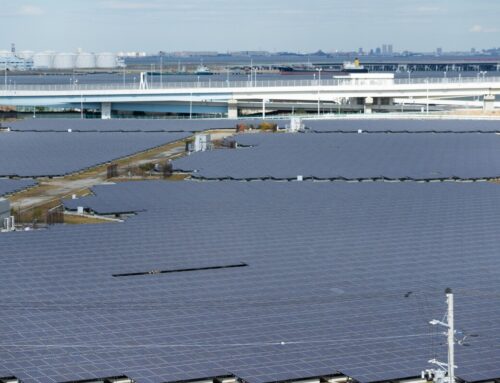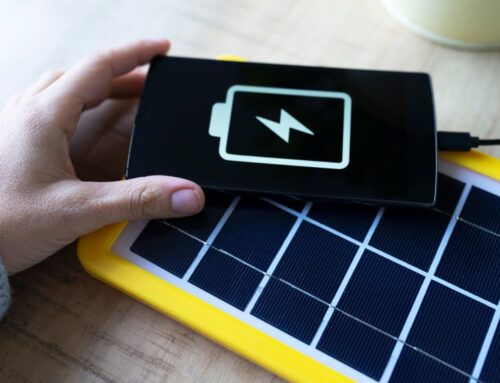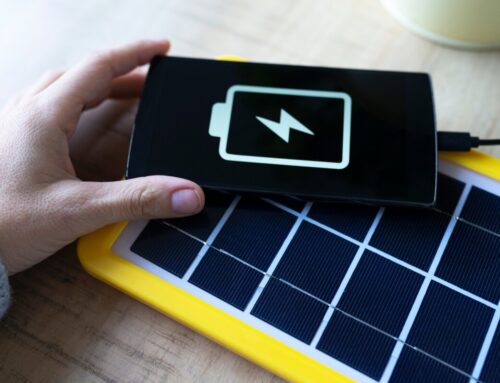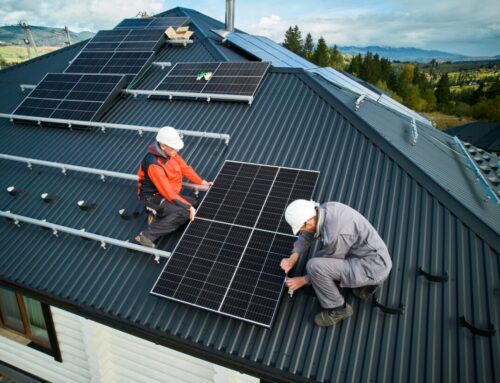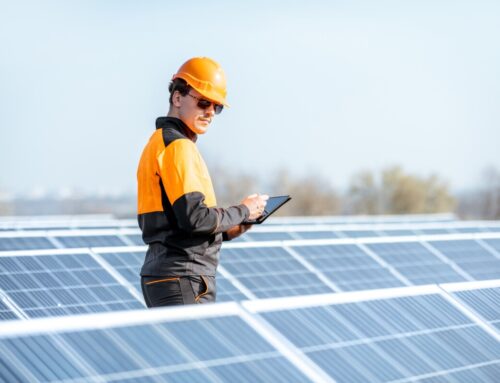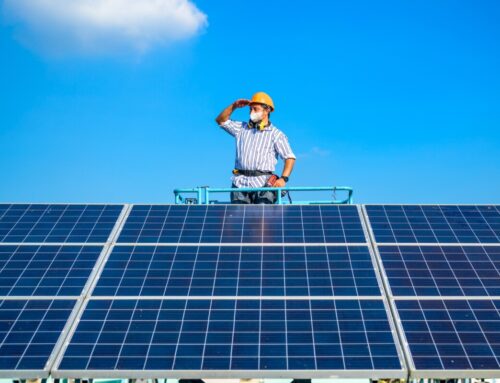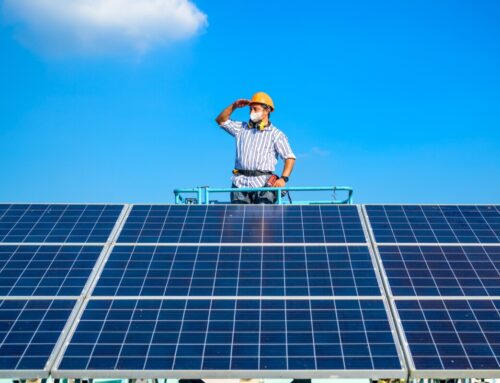Solar Power Plant Site Selection Guide
Understanding Geographic and Climatic Considerations for Solar Power Plant Site Selection
When it comes to solar power plant site selection, understanding the geographic and climatic factors is crucial. Imagine investing in a solar power plant only to find out that the location doesn’t receive enough sunlight or is prone to extreme weather conditions. This could significantly impact the efficiency and return on investment of your solar project. However, by carefully evaluating these factors, you can ensure optimal performance and sustainability of your solar power plant.
Geographic Factors
- Latitude and Longitude: These determine the angle and intensity of sunlight, affecting energy production.
- Topography: Flat terrains are ideal as they simplify construction and maintenance.
Climatic Considerations
- Sunlight Availability: Areas with high solar insolation are preferred for maximum energy generation.
- Weather Patterns: Avoid regions with frequent cloud cover or heavy rainfall. Selecting the right site involves balancing these geographic and climatic considerations to harness the full potential of solar energy. By focusing on these key factors, you can make informed decisions that lead to successful solar power plant site selection, ensuring both environmental and economic benefits.
How Proximity to Infrastructure Impacts Solar Power Plant Site Selection
When considering solar power plant site selection, one of the most crucial factors is the site’s proximity to existing infrastructure. This aspect not only influences the initial setup costs but also affects the long-term operational efficiency of the plant. By choosing a location close to essential infrastructure, developers can significantly reduce logistical challenges and enhance the overall viability of the project.
Key Infrastructure Considerations
- Transmission Lines: Being near existing transmission lines minimizes the need for extensive new construction, reducing both costs and environmental impact.
- Road Access: Easy access to roads facilitates the transportation of materials and equipment, ensuring timely construction and maintenance.
- Water Supply: Proximity to a reliable water source is essential for cooling and cleaning solar panels, which helps maintain their efficiency.
Moreover, selecting a site near infrastructure can lead to faster project approvals and easier integration into the local grid. This strategic advantage not only accelerates the timeline for bringing the solar power plant online but also enhances its appeal to investors and stakeholders. Thus, proximity to infrastructure is a pivotal consideration in solar power plant site selection, balancing cost, efficiency, and sustainability.
Evaluating Land Use and Environmental Impact in Solar Power Plant Site Selection
When considering solar power plant site selection, it’s crucial to balance the promise of renewable energy with the responsibility of environmental stewardship. The challenge lies in choosing a location that maximizes solar efficiency while minimizing ecological disruption. Fortunately, by evaluating land use and environmental impact, developers can make informed decisions that benefit both the planet and the community.
Land Use Considerations
Selecting the right land for a solar power plant involves assessing several key factors.
First, the site should ideally be flat and free of obstructions like trees or buildings that could cast shadows on solar panels. Additionally, proximity to existing infrastructure, such as power lines and roads, can significantly reduce costs and logistical challenges. It’s also important to consider land ownership and zoning regulations to ensure compliance and avoid legal hurdles.
Read Also: How Do Solar Panels Generate Power for Your Home?
Environmental Impact Assessment
Beyond land use, understanding the environmental impact is essential.
Developers must conduct thorough environmental assessments to evaluate potential effects on local wildlife and ecosystems. This includes analyzing soil quality, water resources, and biodiversity. By identifying and mitigating negative impacts, solar projects can align with sustainability goals, ensuring that the transition to renewable energy is as green as the energy it produces.
Why Regulatory and Legal Factors Matter in Solar Power Plant Site Selection
Selecting the perfect location for a solar power plant involves more than just sunny skies and open land. Regulatory and legal factors play a crucial role in solar power plant site selection, often determining the feasibility and success of a project. Ignoring these factors can lead to costly delays or even project termination. But understanding and navigating these complexities can ensure a smooth path to harnessing solar energy efficiently and legally.

Curious about solar? Let us help you discover how solar energy can revolutionize your home and save you money. Request Your Free Solar Estimate at SOLAR ENERGY
Navigating Zoning Laws and Permits
When considering solar power plant site selection, zoning laws and permits are paramount. These regulations dictate where solar installations can be built and what type of structures are permissible. It’s essential to consult local zoning ordinances and obtain the necessary permits to avoid legal hurdles. This step not only ensures compliance but also helps in maintaining good relations with local authorities and communities.
Environmental and Land Use Regulations
Environmental regulations are another critical aspect of solar power plant site selection. These laws protect ecosystems and ensure sustainable land use, requiring developers to conduct environmental impact assessments. Additionally, land use regulations may restrict development in certain areas to preserve natural habitats. By adhering to these regulations, solar developers can minimize environmental impact and align with sustainability goals, ultimately contributing to a more eco-friendly energy future.
Assessing Economic Viability: The Financial Aspect of Solar Power Plant Site Selection
When it comes to solar power plant site selection, understanding the economic viability is crucial. The problem many face is balancing the initial investment with long-term gains. However, by carefully evaluating financial factors, you can ensure a site not only supports sustainable energy production but also offers a profitable return on investment. Let’s delve into the key financial aspects that influence site selection for solar power plants.
Initial Costs and Infrastructure
One of the primary considerations is the initial cost, which includes land acquisition, permits, and construction. Selecting a site with existing infrastructure can significantly reduce these expenses. Additionally, proximity to transmission lines is vital to minimize the cost of connecting the solar power plant to the grid. Evaluating these factors early can help in making a cost-effective decision.
Long-term Financial Benefits
Beyond initial costs, assessing potential long-term financial benefits is essential. This includes analyzing the site’s solar irradiance, which affects energy output and revenue. Moreover, understanding local incentives, tax credits, and subsidies can enhance profitability. By considering these elements, you can ensure that the solar power plant site selection not only meets energy needs but also aligns with financial goals.
The Role of Technological Advancements in Solar Power Plant Site Selection
In the ever-evolving world of renewable energy, solar power plant site selection has become a critical factor for maximizing efficiency and sustainability. The challenge lies in identifying locations that not only harness the sun’s energy effectively but also align with technological advancements. Fortunately, recent innovations promise to revolutionize how we choose these sites, ensuring optimal performance and minimal environmental impact.
Technological Innovations
Driving Site Selection Modern technology plays a pivotal role in solar power plant site selection by providing precise data and analytics.
Geographic Information Systems (GIS) and remote sensing technologies allow for detailed analysis of potential sites, evaluating factors such as solar irradiance, land topography, and climate conditions. These tools enable developers to pinpoint locations with the highest solar potential, ensuring that each plant operates at peak efficiency. Additionally, advancements in photovoltaic technology mean that even less-than-ideal sites can now be considered viable, expanding the possibilities for solar energy deployment.
The Impact of AI and Machine Learning
Artificial Intelligence (AI) and machine learning are transforming site selection by predicting future energy yields and optimizing plant layouts.
These technologies analyze vast datasets to forecast weather patterns and energy production, helping developers make informed decisions. By simulating various scenarios, AI can suggest the best configurations for solar panels, reducing costs and increasing energy output. As these technologies continue to evolve, they promise to make solar power more accessible and efficient, driving the global shift towards renewable energy.
How SolarEnergy Can Guide You Through the Solar Power Plant Site Selection Process
Selecting the right site for a solar power plant is crucial for maximizing efficiency and minimizing costs. The challenge lies in balancing numerous factors such as sunlight availability, land topography, and proximity to power grids. At SolarEnergy, we understand these complexities and promise to guide you through each step of the solar power plant site selection process, ensuring you make informed decisions that align with your energy goals.
Key Factors in Solar Power Plant Site Selection
- Sunlight Availability: The primary factor is the amount of sunlight a location receives. More sunlight means more energy production, making it essential to choose a site with optimal solar exposure.
- Land Topography: Flat or gently sloping land is ideal for solar installations, as it simplifies construction and maximizes sun exposure.
- Proximity to Power Grids: Being close to existing power grids reduces transmission costs and energy loss, making it a critical consideration.
With SolarEnergy’s expertise, you can navigate these factors seamlessly. Our team provides comprehensive assessments and personalized recommendations, ensuring your solar power plant is positioned for success. By leveraging our insights, you can confidently move forward with your renewable energy project, knowing that every aspect of site selection has been meticulously evaluated.
Don’t wait to go solar! Thousands of homeowners are saving—join them and start reaping the benefits.
Book Your Free Consultation at SOLAR ENERGY
Explore additional solar solutions at NEW SOLAR QUOTES and discover how it can benefit your home!


